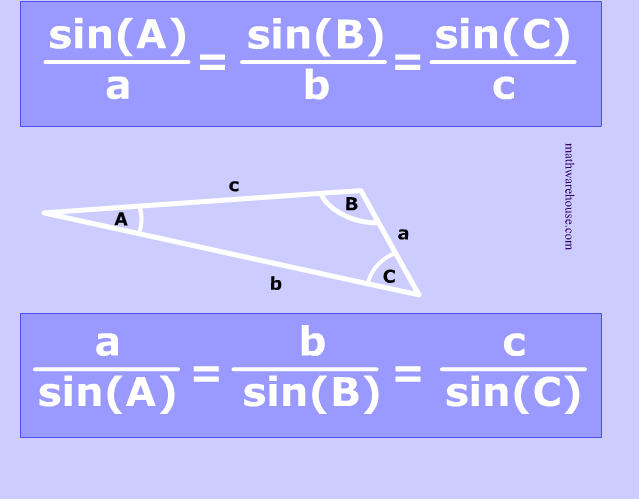Inquiry activity Summary
1.
Where does sin^2x+cos^2x=1 come from to begin with?
a.
To explain this we need to think back and
remember basic trig functions. We know that sin=y/r and cos=x/r. The
unit circle gives us a value for r which
is r=1. We also need to recall that
the Pythagorean Theorem is a^2+b^2=c^2.
Now we have everything we need to prove this. First we choose an ordered pair
form the unit circle, like (1/2,3/2). We can now plug this
in to (y/r) ^2+(x/r) ^2=1. The
equation we should plug into our calculator is to (1/2)^2+ (3/2)^2=1. This shows how we can use the
unit circle and the Pythagorean Theorem to get sin^2x+cos^2x=1.
2.
Show and explain how to derive the two remaining Pythagorean
Identities from sin^2x+cos^2x=1
a. Once you
read this paragraph you will definatly realize how easy it is to derive the
rest of the Pythagorean Identitites. First, you have your original identity: sin^2x+cos^2x=1 you will divide this by cos^2. Once you have done this your new
identity will be 1+tan^2x=sec^2x. To
get the next identity you dived the original by sin^2, you will get 1+cot^2=csc^2.
Inquiry Activity Reflection
1. The connection that I
see between Units N,O, and P are trig functions, trig ratios, and
pythagorean theorem.
2. If I had to describe
trigonometry in 3 words, they would be challenging, a little
frustrating and rewarding.
















